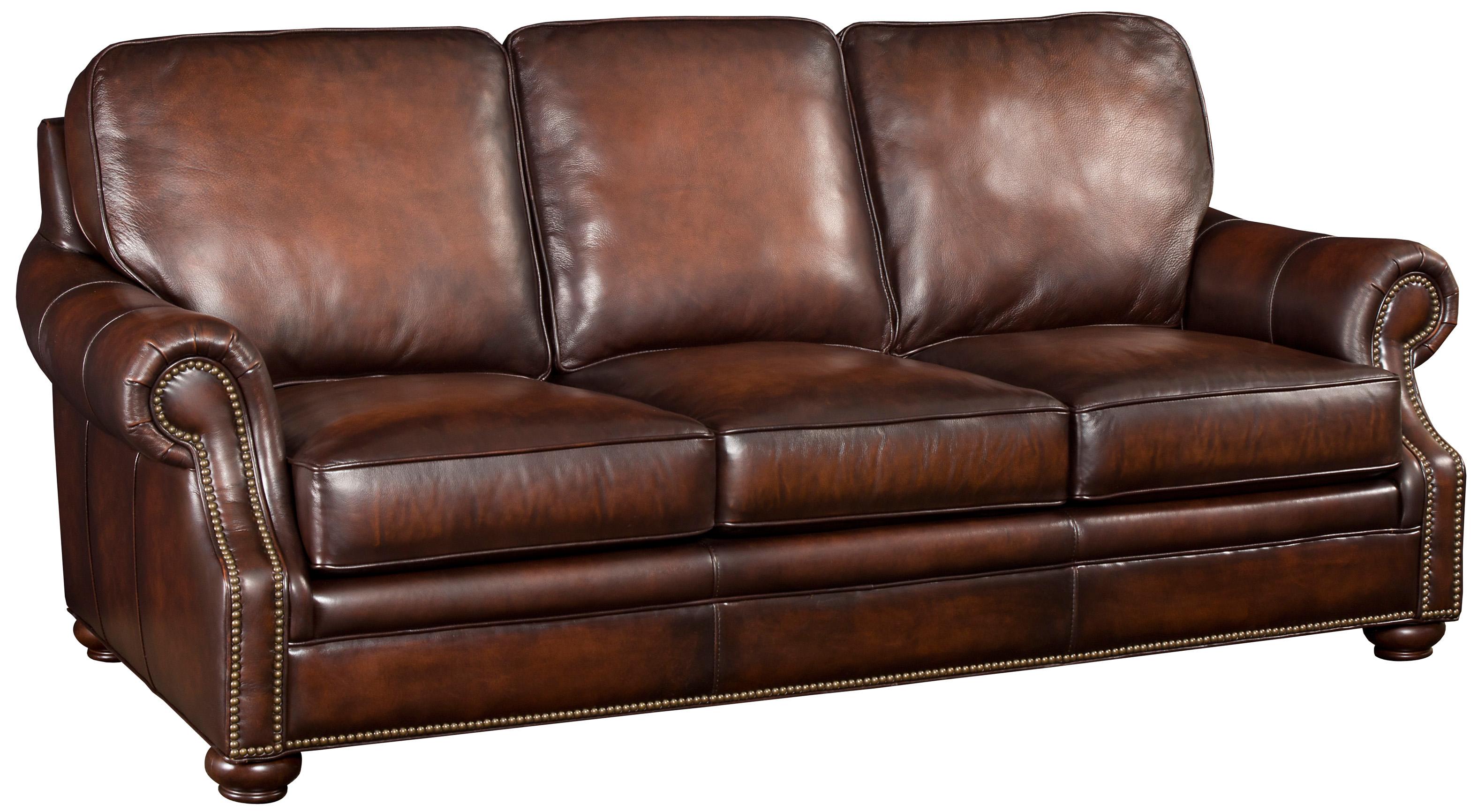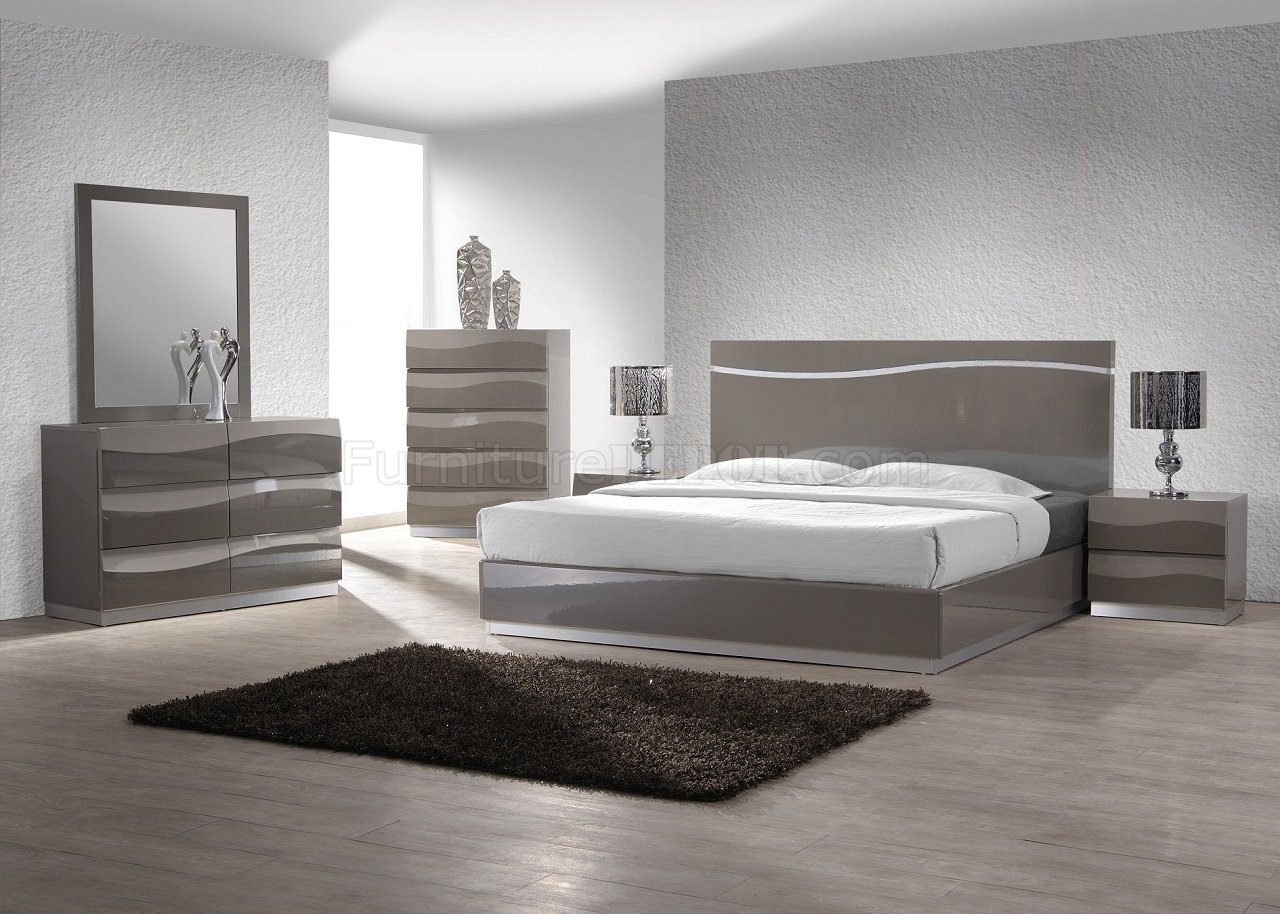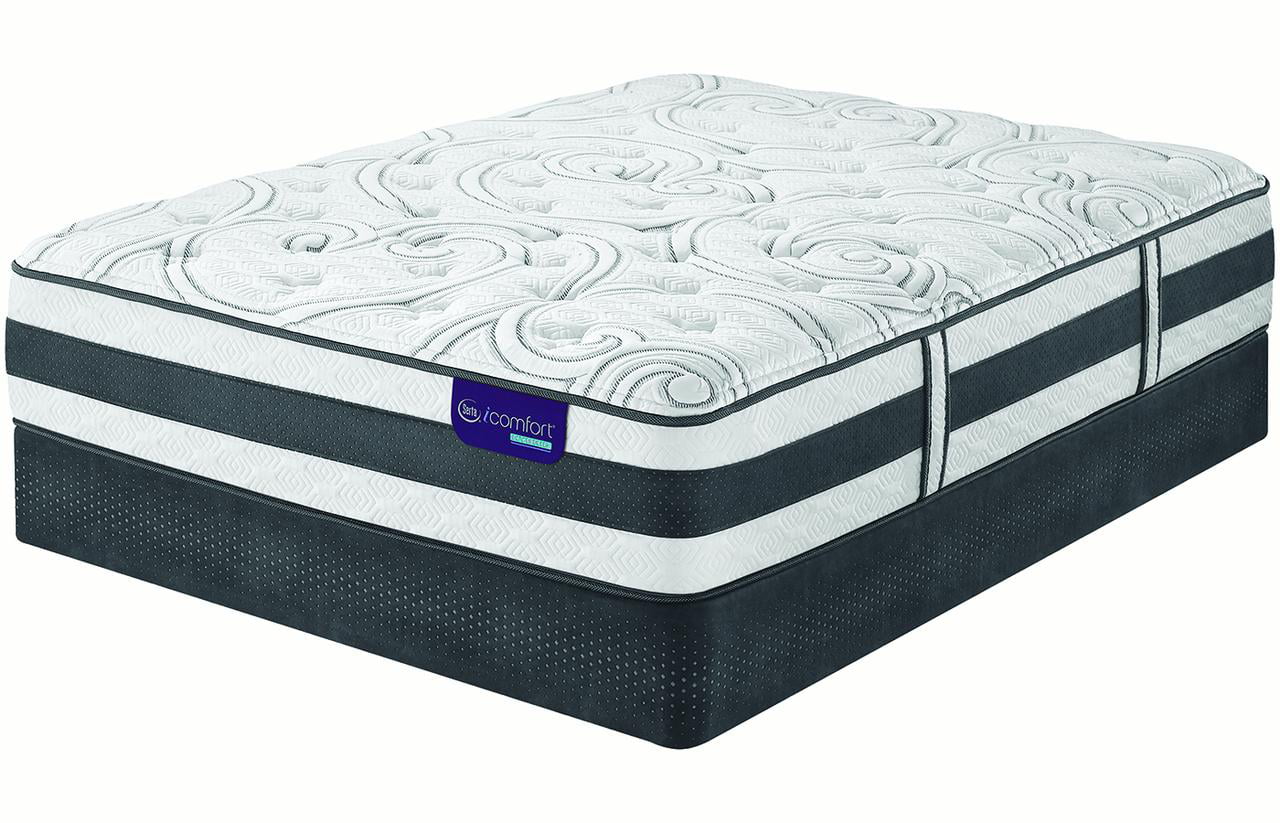The Contemporary House Design is characterized by clean and vibrant lines, alluring shapes, and open spaces. These designs use modern materials and innovative techniques like glass architecture, metal, and concrete. Contemporary design carries a certain buzz with the potential to add an edgy look to a home. The majority of the details of a contemporary house are placed purposely and strategically to create a stunning ambiance. All the finishes and colors used in these designs are inspired by nature and the changing seasons. The boldly colored furnishings and the art pieces are fashion-forward and visually striking. The interiors of contemporary Modern Houses are not just plain spaces; they include plenty of artistic touches and abstract elements. Some homes feature open beam-ceilings with exposed wooden beams, while others are characterized by concrete walls and roof structures. Whether these structures are made of wood, stone, or metal, each structure will blend in with its surrounding landscape.Contemporary House Design
Modern House Design has been around for centuries and is still evolving with time. This style focuses on using sleek lines and simple shapes to bring together the home’s design elements. The materials and finishes used are modern but still organic and natural. This style uses natural light, air, and neutral colors to create a contemporary atmosphere. The Modern House Design is unique in that it does not rely on traditional colors or patterns. Instead, muted colors like whites, beiges, greys, and black are popular to create a visually tranquil environment. Fabrics are minimal but unique in their texture and pattern. Furniture pieces are simplistic and made of metal, wood, and stone. However, the modern house design is about more than furniture; it is about making each room a personal space that reflects the homeowner's individual aesthetic. Bedrooms may feature lofted beds and storage walls, while bathrooms may have floating sinks and decorative tiles. This combination of furniture and decorations bring together a stylish yet comfortable home.Modern House Design
Craftsman house design encourages architecture that is bold, aesthetically pleasing, and practical. This style is usually defined by its use of natural materials, such as stained or distressed wood; stone accents; and large windows. All of these serve to create a home that blends easily with its surroundings. Craftsman designs use earthy colors and weathered finishes to bring the outside in. Exposed wood beams, natural stone, and weathered brick inspire a rustic sense of beauty. Cabinets may have drawers and built-in shelving, and metal fixtures provide a light, airy atmosphere. A craftsman house typically has a front porch that serves to connect the home to the outdoors. The porch may be the main entrance of the house or a separate entrance, but it should feature comfortable seating and be wide enough for plenty of natural light. This feature makes Craftsman house design a unique and inviting place to live.Craftsman House Design
The Mediterranean House Design is the perfect combination of classical and modern. This style combines beautiful modern materials and classic architectural details to create a familiar yet luxurious atmosphere. This style often utilizes bright, warm colors, such as terracotta, sandstone, and green. Mediterranean house designs are inspired by the traditional architectural elements of the Mediterranean region. This style is usually characterized by bold, arched beams and classic stairs that lead up to elevated balconies. They also feature rustic terra cotta roof tiles for a classic Mediterranean look. The bright, warm colors that are used in Mediterranean house design are meant to evoke feelings of comfort and relaxation. Furniture is often made of wood and fabrics are often either woven or patterned. Along with these features, Mediterranean designs also often incorporate multiple elements of nature, creating a cohesive style of design.Mediterranean House Design
Rustic House Design is all about bringing the outdoors inside. This design style is inspired by nature and utilizes natural colors, textures, and materials. It is a style that is especially popular in rural areas that has a strong connection to the outdoors. Rustic designs also embody the idea of utilizing what is available while giving it a unique style. A rustic house is usually characterized by its use of distressed wood, metal, stone, and brick. This style incorporates the use of earth tones like browns, greens, and greys. Furniture pieces are often made of barnwood and feature distressed surfaces. Fixtures and hardware are often made of copper, iron, and brass. The windows of a rustic house design are usually large and feature simple, no-fuss trim. Barnyard doors also abound in this style, creating a charming entrance. Finally, lighting fixtures such as chandeliers, sconces, and candle holders are often used to bring together the rustic look.Rustic House Design
Traditional House Design is anything but boring. This style incorporates the beauty of classic, timeless details with modern design sensibilities. Traditional designs are usually characterized by elements suchas hardwood floors, intricate crown moldings, and timeless furniture pieces. Traditional house design includes large and welcoming windows to let in natural light and warm color. Dark woods such as cherry are popular, as well as carvings on walls and wood furniture. Fabrics are often floral or tapestry styled, with formal seating arrangements and a variety of antique pieces. Accent pieces such as chandeliers, table lamps, and area rugs are all possible within traditional house design. Additionally, traditional houses often feature fitted or tiled kitchens with classic countertops, patterned wallpaper, and accessories. These features combine to create a timeless, inviting look.Traditional House Design
The Victorian House Design is a reflection of the elegant and majestic style of old England. Based on English architecture, this design is known for its steep roofs, gables, and Victorian elements like stained glass windows. The Victorian style often utilizes a color palette that consists of deep reds, purples, and blues. Victorian house design often incorporates a variety of intricate details. Ornamental window accents, grand fireplaces, stained glass windows, and vaulted archways are all part of the design. Furniture pieces are often hand-carved and feature intricate details and a variety of colors and textures. In addition, the Victorian style is known for its characteristic warmth and charm. Chandeliers are common, as well as ottomans and decorative curtains. Victorian homes enjoy utilizing multiple fabric textures, while carpets are often patterned and luxurious. Not only is the Victorian style timeless, it can also be quite unique.Victorian House Design
French Country House Design is a timeless blend of rustic charm and refinement. This style is not afraid to mix old-world charm with modern touches, resulting in a look that is both cozy and sophisticated. Using a classically inspired palette of blues, greens, and oranges, this is a style that embodies the French countryside. French Country House designs offer both the traditional and modern elements. Natural landscaping is important for this style, as are sculpted bushes, window boxes, and stone pathways. Vibrant window treatments are often used, such as gingham curtains and embroidered sheers. Additionally, the use of distressed wood and a variety of furniture pieces help to bring together the French Country style. French Country houses often incorporate a variety of fabrics and colors. Wallpapers are common and may be in a classic French pattern, while floral or toile fabrics are often used for furniture pieces. French Country homes have plenty of built-in cupboards, cabinets, and shelves for added storage space. These features combine to make a home that is elegant yet inviting.French Country House Design
Cabin-style House Design is inspired by the traditional alpine and mountain cabins of yesteryear. Utilizing natural colors and textures, this style creates a rustic and cozy atmosphere that makes you feel right at home. This style features a lot of wood, in the form of timber walls, reclaimed wood furniture, and wooden antiques. Cabin-style house designs usually have a simple and functional style. While furniture pieces may have a predefined purpose, they are often custom-crafted and sturdy. Windows are large and plentiful, and fixtures are often made from organic materials like rattan, iron, and leather. Some may even be antiques sourced from mountain-area flea markets. The charm of cottage design lies in its ability to transport you to simpler times. Natural elements such as stone fireplaces, vintage furniture, and rustic accessories will bring about feelings of comfort and relaxation. There is nothing quite like the rustic and cozy environment of a cabin-style house.Cabin-Style House Design
Cape Cod House Design is characterized by its classic American charm and sparsely furnished, uncluttered design. This style is inspired by the cape cottages of the 17th century, and it uses a palette of calming and neutral colors. Its shingled walls and carefully placed windows create a sense of connectedness to the outdoor landscape. Cape Cod house designs usually feature a large living room with plenty of natural light. Colorful furnishings are often used, but most materials remain neutral in order to keep the home looking light and airy. Furniture is usually minimal and features stripes and plaid fabrics, giving it a beach-inspired vibe. The exterior of a Cape Cod house often uses weathered wood to create a cozy, beach-house feel. Simple details like milled trims and crown moldings can add to the look. Subdued wall colors and blue-framed doors create an inviting entrance that sets the tone for the rest of the home.Cape Cod House Design
Structural House Design Basics
 It is crucial to understand structural house designs and how they impact the overall aesthetics and functionality of any home. Structural
house designs
are an integral part of the building process and provide the basis for all the decor and aesthetic touches in a house.
It is crucial to understand structural house designs and how they impact the overall aesthetics and functionality of any home. Structural
house designs
are an integral part of the building process and provide the basis for all the decor and aesthetic touches in a house.
Foundations
 A good
structural design
starts with the foundation of your home. A strong foundation ensures that your home is safe, sturdy and able to withstand the elements. When selecting the right type of foundation for your home, consider the soil type and climate of your region.
A good
structural design
starts with the foundation of your home. A strong foundation ensures that your home is safe, sturdy and able to withstand the elements. When selecting the right type of foundation for your home, consider the soil type and climate of your region.
Framing
 Once the foundation is in place, the next step is to install the frame. This includes installing the walls, roof and floors of your home. A good
structural house design
will take these elements into account in order to ensure the structure is strong and well balanced.
Once the foundation is in place, the next step is to install the frame. This includes installing the walls, roof and floors of your home. A good
structural house design
will take these elements into account in order to ensure the structure is strong and well balanced.
Floor Plan
 After the frame is in place, the floor plan can be laid out. The floor plan determines the size and shape of each room as well as the furniture layout. A good
structural design
will take into account any equipment or wiring that needs to be installed in the walls or ceiling.
After the frame is in place, the floor plan can be laid out. The floor plan determines the size and shape of each room as well as the furniture layout. A good
structural design
will take into account any equipment or wiring that needs to be installed in the walls or ceiling.
Final Touches
 The last step in structural house design is the final touches such as trim, paint and other decor that can give the home its distinctive personality. While these elements are not structural, they can enhance the overall design and make the house a unique and inviting place to live.
The last step in structural house design is the final touches such as trim, paint and other decor that can give the home its distinctive personality. While these elements are not structural, they can enhance the overall design and make the house a unique and inviting place to live.



























































































